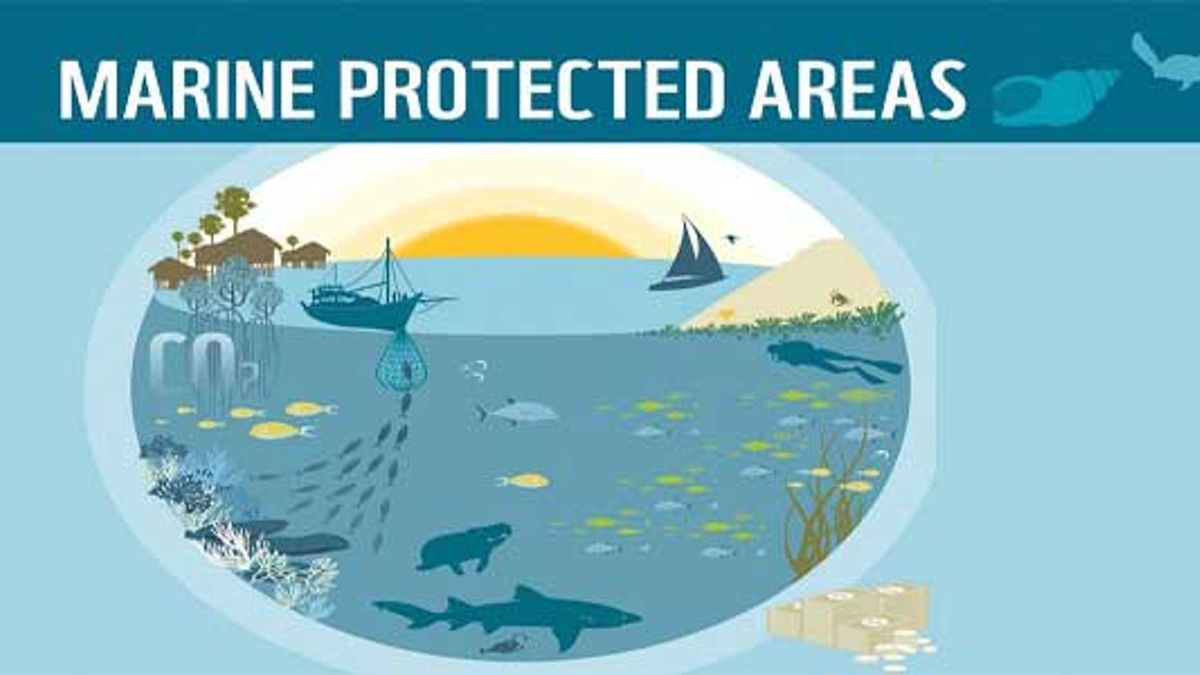NEW ENERGY OUTLOOK REPORT 2022
Context:
According to the 2022 New Energy Outlook report (by BloombergNEF), it is still possible to keep the temperature increase to 1.77 degrees Celsius with determined action.
Background:
Limiting global temperature increases to 1.5 degrees Celsius will not be easy to achieve. Hence, the report analysed Net Zero scenarios or routes that, with a 67% certainty, restrict global warming to 1.77 degrees Celsius above pre-industrial levels by 2050.
Findings of the report:
Greenhouse gas (GHG) emissions from developing economies, particularly India, will continue to rise and will only begin to decline by the early 2030s.
Emissions in Europe, US, Australia and Japan have already peaked this year and will decline rapidly after that.
However, China’s reduction is more gradual. Emissions will peak this year and then stabilise before realigning with developed-country trajectories.
Suggestions to limit increase to 1.77 degrees Celsius:
Emissions need to fall by 30% by 2030 and by 6% a year to 2040.
For this, investments in the clean energy sector must triple that of fossil fuel to reach Net Zero by 2050.
About 25% of total emissions can be reduced using low-carbon electricity in the transport sector and industrial processes.
The rest of the emissions can be abated by hydrogen and carbon capture and storage (CCS).
CCS is the process of using technology to capture carbon emissions from industrial processes or power generation, from where it is transported and stored underground for posterity.
Challenges: Net Zero scenario requires a global investment of $194 trillion by 2050 to make this large-scale clean energy transition.
Way ahead:
A revolution will be needed in the energy sector to increase momentum and accelerate emissions reductions. This would account for nearly half of the reductions in carbon emissions.
Switching the sources of power generation from fossil fuels to renewable energy is the need of the hour.




.jpg)
.jpg)
.jpg)
.jpg)
.jpg)
.jpg)



